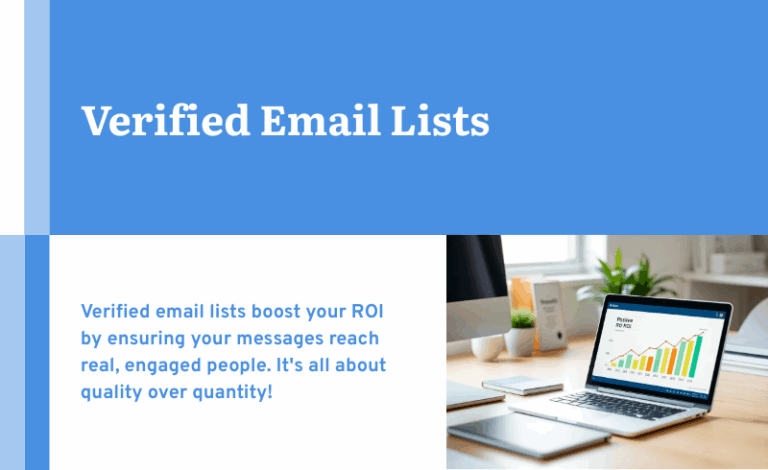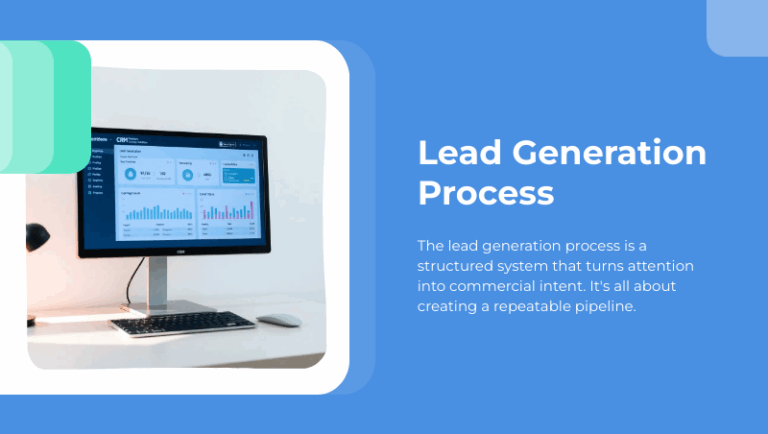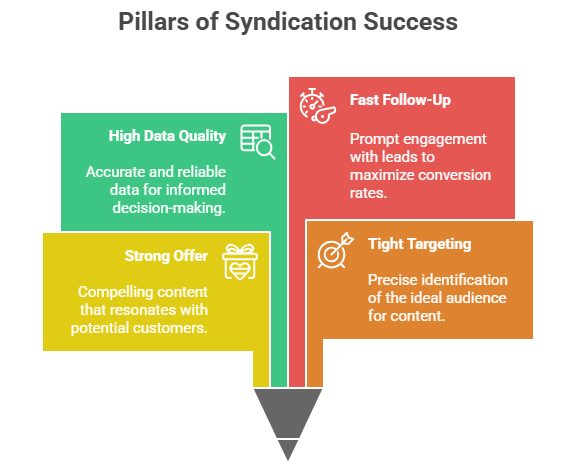Marketing a website in 2025 demands a strategic and diverse approach due to rapid internet growth and AI’s influence on consumer behavior. This data-driven guide offers contemporary tactics to boost website visibility, draw relevant traffic, and turn visitors into customers or leads. It presents strategies based on current data, proven methods, and emerging platform trends for business owners, marketers, and entrepreneurs seeking a competitive edge in the digital environment.
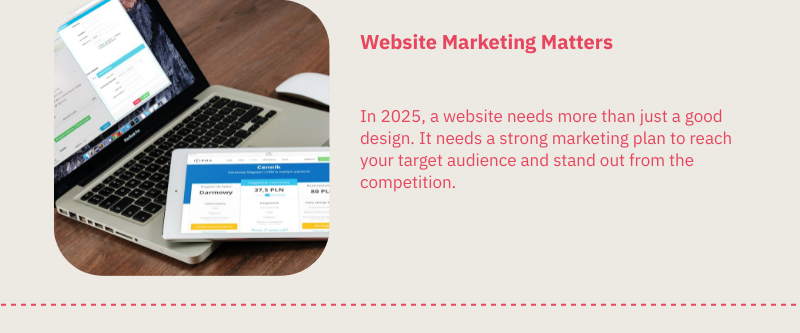
Why Marketing Your Website Matters
With over 1.1 billion websites currently populating the digital landscape and hundreds of thousands more emerging daily, the sheer volume of online content presents a significant challenge for any website seeking visibility. Possessing an aesthetically pleasing and functionally robust website is merely the first step in establishing a successful online presence. Without a well-defined and diligently executed marketing strategy, even the most sophisticated and user-friendly website will languish in obscurity, failing to connect with its intended audience. Effective website marketing transcends simple promotion; it encompasses a comprehensive framework of activities designed to ensure that your online presence reaches the precise demographic it aims to serve, drives high-quality, relevant traffic to your digital doorstep, and ultimately contributes measurably to the overarching goals of your business, fostering sustainable growth and enhanced brand recognition in an increasingly competitive digital environment.
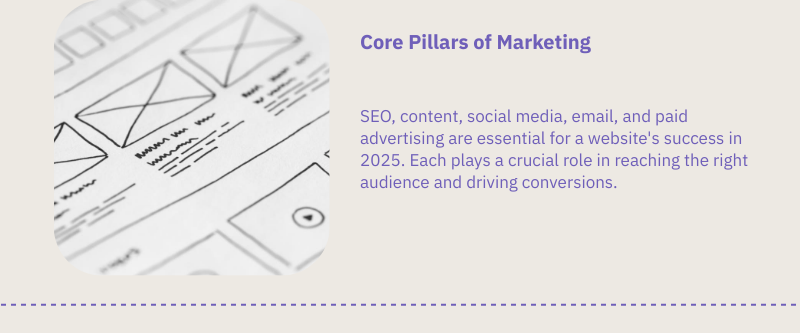
Core Pillars of Website Marketing
Search Engine Optimization (SEO)
SEO is one of the most cost-effective and high-impact tactics for long-term visibility. In 2025, it’s not just about stuffing keywords—it’s about optimizing holistically for search intent, user experience, and authority.
Key tactics:
- Semantic keyword clustering: Grouping related search terms to rank for broader queries
- On-page optimization: Proper use of headers, meta descriptions, internal linking, and schema markup
- Core Web Vitals compliance: Page speed, mobile responsiveness, and user interaction are prioritized by Google
- Backlink building: Earning inbound links through guest posts, PR, and citations remains critical
According to BrightEdge, 68% of online experiences begin with a search engine. Optimizing for SEO helps your website appear when potential customers are actively looking for what you offer.
Content Marketing
Content remains the foundation of visibility and trust. But in 2025, it’s more strategic and interactive than ever.
Effective content types:
- Long-form blogs: In-depth guides and how-tos that answer user questions comprehensively
- Video content: Product explainers, testimonials, and tutorials that drive engagement
- Interactive tools: Quizzes, calculators, or ROI estimators that provide personalized value
- Visual content: Infographics and visual storytelling improve shareability and comprehension
Demand Metric reports that websites publishing regular content generate 67% more leads than those that don’t.
Social Media Marketing
Social media isn’t just for branding—it’s now a powerful referral engine for website traffic.
Modern best practices:
- Tailor content for each platform (Instagram Reels, TikTok videos, Twitter threads, LinkedIn articles)
- Use social SEO techniques, such as keyword-optimized bios and captions
- Create shareable assets that encourage users to tag and reshare
- Foster community by responding to comments and engaging in relevant conversations
For B2B brands, LinkedIn is especially powerful, responsible for 80% of all B2B leads generated via social media.
Email Marketing
Email continues to offer one of the highest ROI among digital channels and is key to nurturing long-term customer relationships.
Successful email tactics in 2025:
- Behavioral segmentation: Target users based on browsing history, downloads, and previous interactions
- Dynamic personalization: Personalized subject lines and email content that reflects user interests
- Lifecycle automation: Set up welcome sequences, cart reminders, re-engagement campaigns, and more
- Integration with CRM and sales funnels: Ensure seamless lead handoff and tracking
The Direct Marketing Association (DMA) reports email delivers a $42 return for every dollar spent.
Paid Advertising
If you’re looking for faster traffic and visibility, paid advertising is an essential component of a balanced marketing plan.
Key advertising options:
- Google Ads: Performance Max campaigns offer automated, cross-platform ad placement
- Meta (Facebook/Instagram): Visual storytelling and retargeting work well here
- YouTube pre-roll: High-ROI for product demos and how-to content
- Native ads via Taboola/Outbrain: Boosts content discoverability across publisher networks
- Reddit Ads: Ideal for targeting niche communities with specific interests
According to WordStream, the average Google Ads conversion rate is 4.4% across industries.

Advanced and Niche Strategies
Influencer Marketing
Influencer marketing remains a potent strategy in 2025 for website promotion, offering the distinct advantage of building credibility and accessing established, engaged communities. To maximize its effectiveness, consider the following expanded approaches:
- Strategic Partnerships with Micro-Influencers: Instead of solely pursuing macro-influencers with broad reach, prioritize collaborations with micro-influencers, particularly within specialized B2B, technology, or health sectors. These individuals often foster more authentic engagement and deeper trust with their niche audiences, leading to higher conversion rates and a more genuine connection with your brand. Thoroughly vet potential partners for audience demographics, engagement metrics (beyond follower count), and alignment with your brand values.
- Performance-Based Affiliate Marketing: Implement a robust affiliate program utilizing unique affiliate links and meticulous tracking codes. This allows for precise measurement of return on investment (ROI) for each influencer partnership and incentivizes performance. Offer competitive commission structures and provide affiliates with the necessary resources, such as marketing materials and product information, to facilitate successful promotion. Regularly analyze affiliate performance data to optimize campaigns and identify top-performing partners.
- Collaborative Content Creation for Enhanced Engagement: Move beyond simple product endorsements by actively encouraging co-creation of valuable content with influencers. This can take various forms, including in-depth tutorials showcasing your website’s features, compelling case studies demonstrating its real-world impact, or engaging webinars that provide educational content and position both you and the influencer as industry experts. Co-created content often resonates more strongly with audiences as it offers genuine value and a shared perspective. Ensure clear agreements are in place regarding content ownership, usage rights, and promotional strategies.
Guest Blogging
Guest blogging remains a cornerstone of effective off-page SEO, offering a dual benefit of enhancing search engine rankings and channeling qualified traffic to your website. To leverage this strategy in 2025, prioritize contributing high-quality content to reputable industry blogs, established publications, and relevant media outlets. Carefully select platforms whose audience aligns with your target demographic, ensuring that your efforts reach individuals genuinely interested in your offerings.
When crafting your guest posts, concentrate on subject matter where your business possesses distinctive knowledge or exclusive data. Sharing unique insights, proprietary research findings, or innovative perspectives will position you as a thought leader within your industry and increase the likelihood of your contributions being accepted and valued.
Crucially, integrate natural backlinks to relevant content on your own website, useful tools you provide, or valuable lead magnets such as e-books, whitepapers, or templates. These links should seamlessly fit within the context of your guest post, providing genuine value to the reader by directing them to resources that further explore the topic or offer practical solutions.
The strategic implementation of guest blogging not only signals authority and credibility to search engines, thereby improving your website’s ranking potential, but it also serves as a powerful mechanism for driving highly relevant traffic. Readers engaging with your content on industry-specific platforms are already demonstrating an interest in your field, making them highly qualified leads with a greater propensity to convert into customers or loyal followers of your brand.
Online Directory Submissions
Submitting your site to directories improves local SEO and helps build trust signals.
- Focus on reputable, niche directories like Clutch (for services), Yelp (for local business), G2 (for software), or Product Hunt (for startups)
- Ensure consistent name, address, phone (NAP) data across listings
- Leverage review management to build social proof
Community Engagement
Participating in communities helps build brand authority and drive organic referral traffic.
- Join conversations on Reddit (e.g., r/marketing, r/smallbusiness)
- Contribute to Quora or StackExchange by answering questions
- Start or join Facebook and LinkedIn Groups
- Use forums like Indie Hackers or Product Hunt to share launches, ideas, and tips
Value-first participation earns credibility and trust, making it easier to recommend your site.
B2B Website Growth Through Reach Marketing’s Lead Generation Services
If your site serves B2B audiences, outsourcing lead generation to specialists can be a high-ROI move. Reach Marketing’s B2B Lead Generation services are built for companies looking to scale fast with precision-targeted campaigns.
Key advantages of Reach Marketing’s approach:
- Multichannel outreach: They use email, display, social, and content syndication to reach decision-makers across touchpoints.
- Database depth: Access to millions of verified contacts, segmented by industry, job title, intent signals, and more.
- Lead nurturing automation: Their tools integrate with most CRMs and marketing automation platforms to deliver real-time, sales-ready leads.
- Account-Based Marketing (ABM): Custom-tailored campaigns for specific companies or personas, ideal for high-ticket B2B offerings.
- AI and predictive analytics: Identify the accounts most likely to convert using behavior and intent data.
This is especially useful for B2B websites where traditional SEO or social media might not yield immediate results. Reach Marketing helps businesses cut through the noise and get in front of decision-makers quickly.
Free vs. Paid Promotion: How to Balance Both
| Strategy | Free or Paid | Use When… |
| SEO | Free | You want compounding traffic over time |
| Social media posting | Free | You want to build brand and engage audience |
| Guest blogging | Free | You aim to grow authority and backlinks |
| Email marketing | Mostly Free | You have a list and want to nurture leads |
| Paid ads (Google/Facebook) | Paid | You want fast visibility or product launches |
| Influencer marketing | Paid | You need trust signals and wide reach |
| Native ads | Paid | You’re promoting content-heavy assets |
Combining both is often the most sustainable way to grow your site efficiently while also building long-term assets.
Top Tools to Support Your Strategy
| Tool | Purpose |
| Semrush | SEO research and audits |
| Surfer SEO | Content optimization |
| Google Analytics 4 | Traffic and conversion tracking |
| Mailchimp | Email marketing automation |
| Buffer | Social media scheduling |
| Canva | Creating visual content |
| Zapier | Workflow automation |
These tools ensure your marketing engine is scalable, trackable, and easier to manage.
Metrics That Matter
| Metric | Why It Matters | Tools to Track |
| Organic traffic | Measures SEO performance | Google Analytics, Semrush |
| Bounce rate | Gauges landing page effectiveness | Google Analytics |
| Conversion rate | Shows how well you’re turning traffic into leads | CRM, GA4 |
| Email open rate | Indicates subject line effectiveness | Mailchimp, ConvertKit |
| Social shares/comments | Measures content resonance | Buffer, native platforms |
| Backlink growth | Signals increasing domain authority | Ahrefs, Semrush |
Understanding these metrics helps you iterate quickly and double down on what works.
Common Mistakes to Avoid
- Ignoring mobile experience: Over 63% of traffic now comes from mobile
- Focusing only on vanity metrics: Likes don’t pay the bills—track conversions
- Skipping keyword research: Content that isn’t aligned with user intent won’t rank
- Over-investing in ads without ROI tracking: Every dollar spent should yield measurable results
- Neglecting user experience: If users bounce, all your traffic efforts are wasted
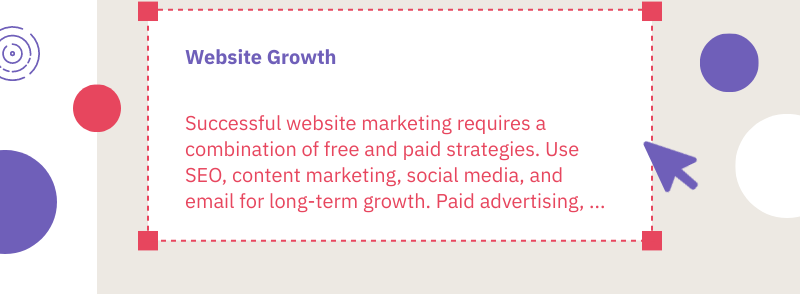
So, How Can You Market Your Website in 2025?
Marketing your website effectively in 2025 demands a strategic mix of long-term assets like SEO and content with tactical growth levers like paid media, email, and lead generation. As competition intensifies and consumer behavior evolves, businesses that commit to continuous testing, learning, and refinement will be the ones that thrive.
With tools like Semrush for SEO, Mailchimp for email, and services like Reach Marketing for B2B lead generation, you don’t have to navigate the journey alone. The path to sustainable web growth starts with the right strategy—and consistent execution.
